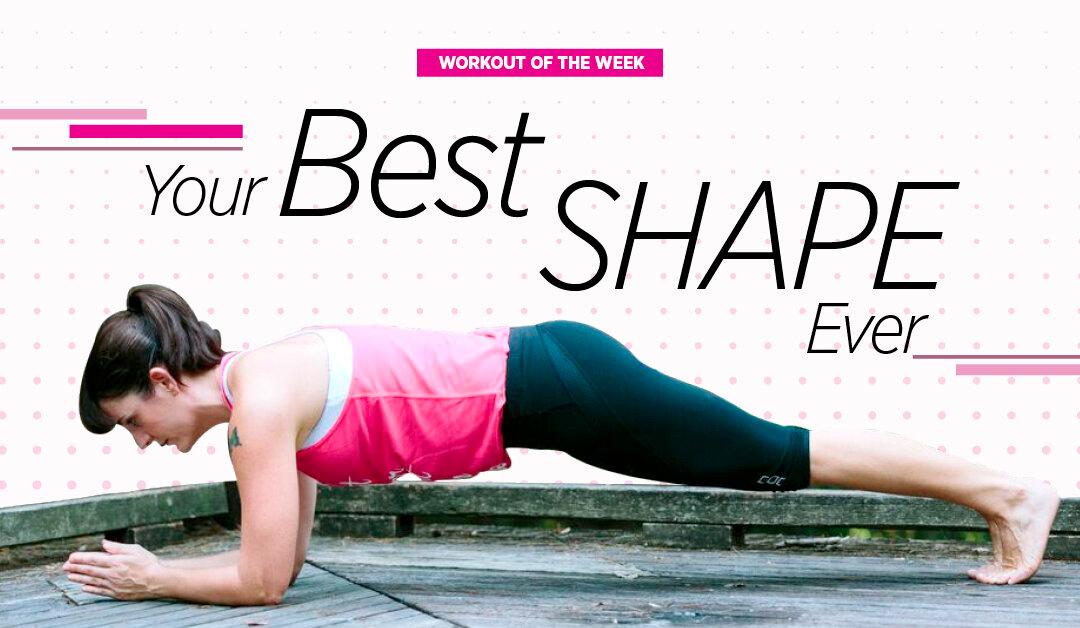As the saying goes, “When nothing changes, nothing changes.” To keep improving your body’s strength and fitness levels, you need to continually do different exercises and movements.
There is a principle in the field of fitness known as progressive overload. It means that as you train your body, you need to gradually increase at least one component to keep seeing improvement and reach the goals you set for yourself.
For example, you can increase the amount of weight you lift, the number of repetitions or sets you do, the speed or distance traveled; you can increase or decrease the time you rest between exercises; or you can change the exercise completely.
There are many variables of change, but if you change too many elements at once, it is no longer progressive and can cause too much stress on the body.
Changing the exercises you perform will improve your neuromuscular system as well as prevent boredom from setting in. Keep mixing it up in your training sessions. If you repeat the same workouts over extended periods of time, you’re not challenging your body or your mind.
We can easily fall into the trap of doing the same things over because we feel capable at the exercises, and it’s human nature to stick to the things we are good at.
When you try new movements or even completely new exercise modalities, it is like starting from scratch. I was recently in New York and slipped into a Pilates studio and tried a class on an apparatus I had never used before. I have been teaching and practicing different types of Pilates for close to 10 years, and I honestly felt like a complete beginner. I was basically negotiating what I was supposed to do for the whole session.
Although I felt somewhat uncoordinated, after the session my body felt great, I had worked muscles that had gone under the radar for a while and felt my body was re-aligned. It also made me realize when I returned home it was time to focus on new goals and different exercises to make those goals a reality.
I never quite agreed with the saying a change is as good as a holiday, but so much can be said for keeping things new and fresh in your training and workout routines. This week’s movements are quite unique, with the focus being on trying something new! Add it to your workout and don’t move on until you feel like you have conquered it.
Getting Started
1. Start in the yoga position Downward Facing Dog. Your feet are hip width apart; have your hands a little wider than shoulder width apart.
2. Lift your hips towards the sky, press your chest towards your thighs and your heels towards the floor.
3. The first movement is a push-up from the downward facing dog position. Keep your body in exactly the same position as you bend your elbows and slide the top of your head towards the floor.
4. Exhale to press your body back up to start position. Repeat eight of these triangular shaped push-ups.
5. Extend your right leg towards the ceiling, then replace it back to floor. Extend your left leg towards the ceiling and replace to floor. Alternate the leg extensions in downward facing dog, for eight repetitions in total—so four on each side.
6. OK, now the fun part—combining the two movements. Take a quick rest to child’s pose to release tension off the shoulders.
7. Reset your downward facing dog pose, keep your hands wider than your shoulders. Extend your right leg towards the ceiling and hold it there as you perform five push-ups. Repeat with the left leg extended. If you managed the first set well, try another set of five per side. If it was incredibly challenging, one set is enough. Try the whole sequence again in two days time.
Getting It Right
When you do the push-up part of the workout, it is important to maintain the same angle throughout the push-up. Don’t be tempted to slide forward into a more basic push-up position. The fact that you have to keep your body in this position will ensure a very different workout for your upper body. You will feel it more in the shoulders and mid/upper back region as opposed to your chest.
Don’t worry if your leg isn’t straight when you extend it. Have it as straight as possible to work on your flexibility. Your hips need to be stable, so when you lift your leg, don’t allow your hips to twist. Keep both hip bones pointing in the same direction at all times.
Due to the fairly complex nature of the exercise, I recommend you practice it with a training partner for the first few times to get your form and alignment corrected. Increase the sets and reps as you start to master the movements.
Emma-Kate Stampton certifies Pilates instructors and is a certified personal trainer. She is based in Brisbane, Australia.





